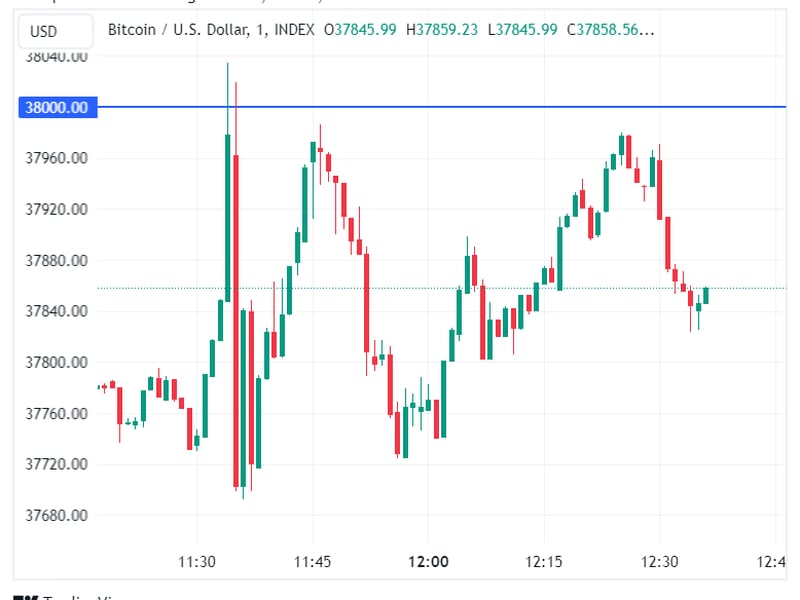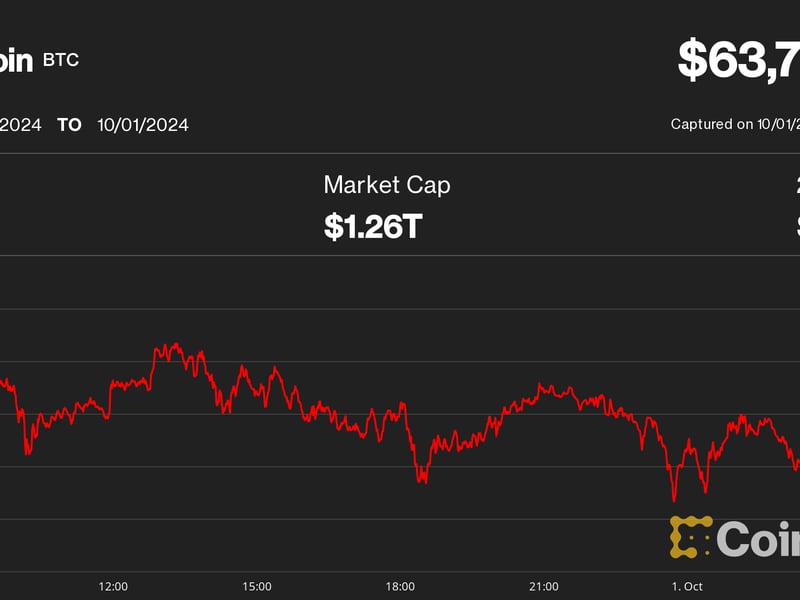BTC Halving: Sell-The-News or Buy-The-Alt-Rotation
“IBIT is the fastest growing ETF in the history of ETFs,” Blackrock (BLK) CEO Larry Fink recently declared in an interview with Fox Business. The SEC approval of spot Bitcoin ETFs in January and subsequent performance has driven BTC and the broader crypto market to new heights.
First, Bitcoin itself has made a new “all-time-high,” as prices broke past $70,000. U.S. based CME futures contracts for Bitcoin surpassed the open interest of all other exchanges, including Binance, to become the largest BTC derivatives venue. And, finally, the futures basis reached over 25% annualized, nearly five-times the U.S. risk-free rates.
You’re reading Crypto Long & Short, our weekly newsletter featuring insights, news and analysis for the professional investor. Sign up here to get it in your inbox every Wednesday.
Where does that leave us today?
Bitcoin has one more major fundamental milestone that’s keeping traders and investors excited for higher prices, and that’s the Bitcoin halving. Scheduled to occur around April 20 (the perfect meme, of course) the Bitcoin block issuance rate will drop from 6.25 coins per block, to 3.125.
Although a small sample size, the past years in which Bitcoin had a halving event, the Jan to Dec performance averaged about 200%. This would imply an end-of-year price for BTC of about $91,500.
That said, from a derivatives trading perspective, the predictability and certainty around halving isn’t like the uncertainty of an SEC spot ETF decision and the subsequent ETF adoption. That means that traders aren’t likely to be surprised by a completely known event. Given this understanding, using Bitcoin derivatives as a contrast to Ethereum tells us a story around the potential opportunity for a post-halving rotation.
:format(jpg)/cloudfront-us-east-1.images.arcpublishing.com/coindesk/P674YN7ARBCMBH3M2YPOMCHWGM.png)
Looking at the April 26 option expiration (top) versus the June 28 expiration (bottom), we can clearly see the dynamics being priced into both Bitcoin and Ethereum options. Firstly, for April 26, Bitcoin options on the call wing are priced at a substantial premium to the Ethereum call wing, while the Ethereum put wing is priced at a premium to the BTC put wing.
Longer-dated options for June 28 are nearly identically overlaid, showing a tight relationship between BTC and ETH to be regular in the longer term.
What this tells me is that the current halving narrative is being priced into short-term BTC options, while at the same time, the lack of optimism around Ethereum due to a potential “securities” designation from the SEC and likely disapproval for a spot ETF in May are causing traders to bid for Ethereum puts.
Something else I’d like to point out is the differential in CME-led positioning between BTC and ETH.
:format(jpg)/cloudfront-us-east-1.images.arcpublishing.com/coindesk/I5R3Y5MN6FAKHO5BY3SOIDLW3E.png)
:format(jpg)/cloudfront-us-east-1.images.arcpublishing.com/coindesk/4ODAUBUHZZGLDJOHFYGCSCVK4A.png)
Looking at the top chart for BTC derivatives positioning we can see that CME futures (in green) really started in earnest in October around the enthusiasm for a spot ETF approval. Today, CME BTC open interest dwarfs any other exchange, including Binance.
If we look at Ethereum CME open interest, we see nearly no increases while Binance continues to exceed CME open interest by a large margin. This tells me that the US market has yet to begin building up positions in Ethereum; and should we move towards a spot ETF for Ethereum, whether in May or much later (after initial rejections), buyers haven’t crowded Ethereum yet.
So why should we even care about this opportunity to buy the laggard Ethereum?
While the market is excited about the BTC halving slowing down the issuance rate for coins into circulation, (clearly displayed through 4/26 options) the ETH supply has not only already stopped growing, but since September 2022, is actively decreasing, due to EIP-1559 burns.
Ethereum has also just successfully completed the Dencun upgrade, as L2s and L3s begin to facilitate RWA, DeFi and NFT growth, along with the ability to build native “app-chains” for high throughput protocols that want to isolate activity within their own environment.
No one knows for sure what the future holds, and investing is peppered with risk. But a general axiom that I like is whether the fundamentals are already priced-in, or is the market under-invested in a potential opportunity?
In my mind, after halving, the BTC events will be behind us, and instead of merely “selling the news,” we can “rotate into the alts” in this case, specifically Ethereum.
Edited by Benjamin Schiller.









